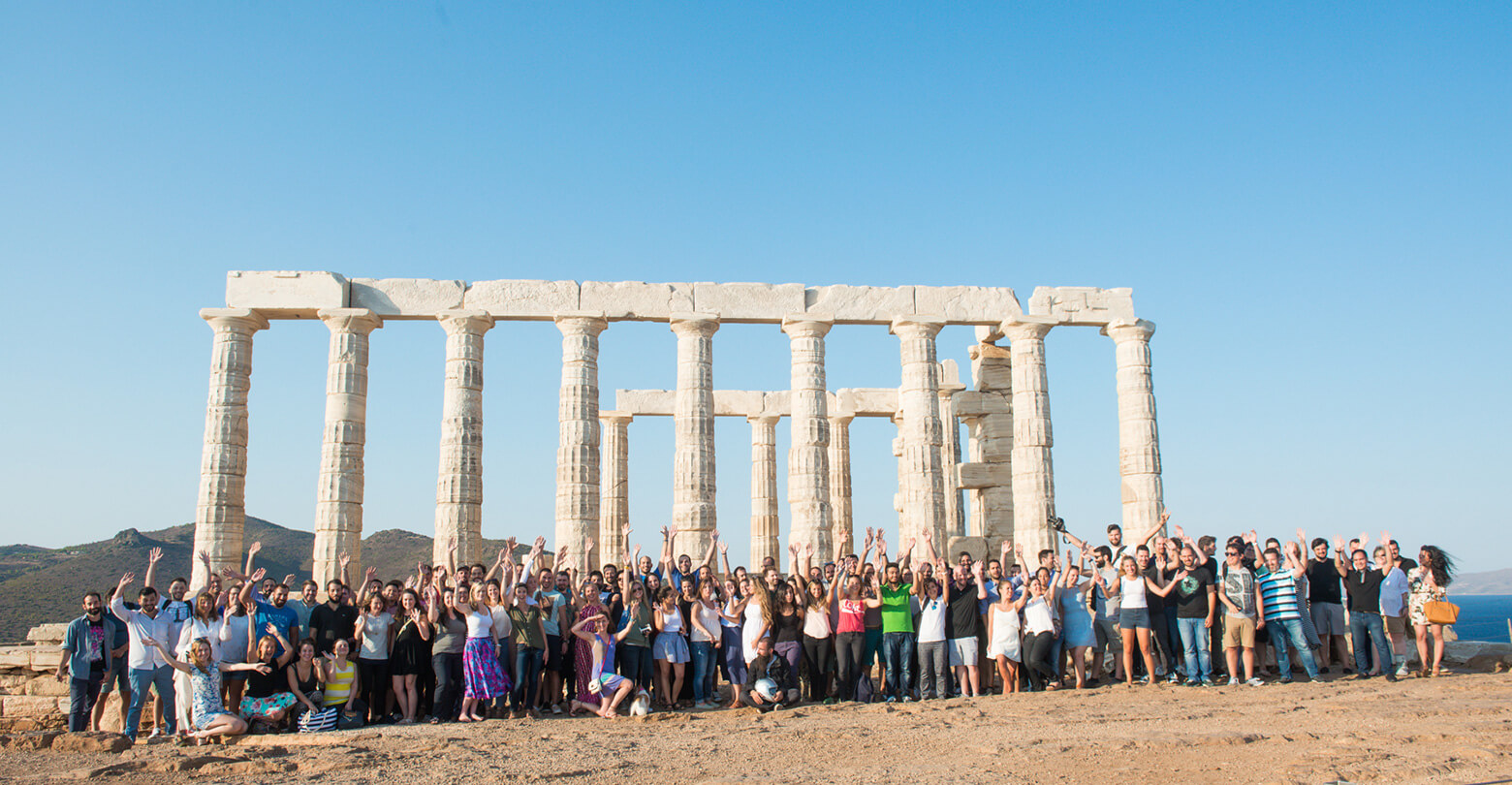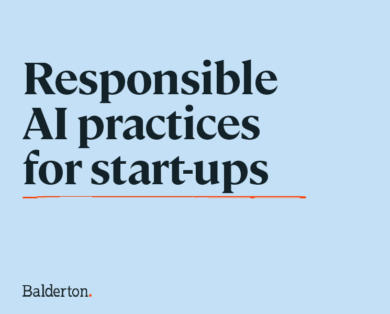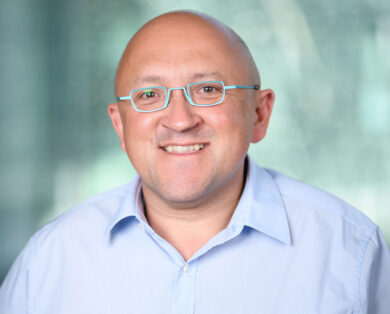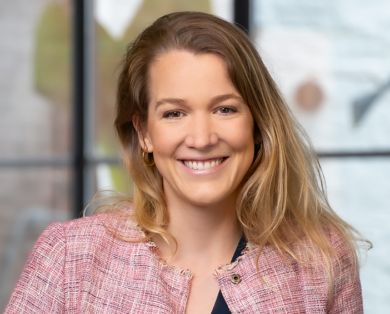- 20 November, 2024
No matter where you start your company, if you’re successful, there will come a point where you will likely have to open a second R&D centre.
For businesses in all geographies setting up an ODC (Offshore Development Centre) can be a challenging moment. The main challenge in a smaller city is hitting the sides of the talent pool. On the other hand, if you started with R&D in a large, competitive city such as San Francisco, Tel Aviv or London, the developer costs are high from the beginning but will become off-puttingly so as you scale your product team to a hundred or more people.
Free Deliveroo and ping pong tables will only get you so far in the battle for talent, not to mention the political situation in the UK and US is not helping in attracting international talent right now.
Whatever you decide on, it is important to structure your tech team in a way which allows you to onboard and develop junior engineers from your earliest days.
Tapping into the local talent pool
Tapping into the local pool of graduate talent can enable you to continue to build tech in one city for significantly longer. It can also bring a higher quality, more loyal and more affordable team that will often choose to stay with your company long term.
For example, our portfolio company The Hut Group has reached massive scale (~5000 employees overall, more than £1B revenues) in Manchester by hiring the best and brightest UK graduates over the last decade. The company has recently exchanged contracts to develop a brand-new global headquarters next to Manchester airport. The first phase will see the creation of office space totalling 288,000 sq ft.
The main reason not to rush into a second development centre is that the ODC team members often struggle. Even at the mighty Google, developers outside of Mountain View felt like second class citizens for a long time (I’ve been gone for a decade now so hopefully this is no longer the case, but I suspect it is).
Building an offshore development centre has to be thought of as a long term investment, with payback a few years away.
Challenges and how to tackle them
Typical challenges in managing an ODC team include:
- The offshore team not being kept fully in the loop, resulting in outdated or duplicative work
- Spending too much time on videoconferences (sometimes in the middle of the night) trying to compensate for poor planning and communication
- Not ensuring the offshore team is fully integrated into the company culture, or as motivated as people at HQ
- Teams split across multiple geographies, or PMs / marketers not in the same continent as engineers
- Team not in contact with commercial people or other functions, ‘developing in a silo’
- Not being able to hire the same quality people as in HQ, as it often takes time to build a strong employer brand
As a result many offshore R&D centres struggle in their early years and even shut down. So what is the best approach to mitigating these challenges? Well, there is no one-size-fits-all, but here are some examples from the Balderton portfolio:
- having an offshore technology centre from early days
- co-locating with the commercial team
- a fully decentralised tech team
Let’s dig deeper on these three approaches.
1) Offshore tech from Day One
ComplyAdvantage has had a strong software team in Cluj, Romania, from very early on. They had approximately 10 people in Romania when there was a team of 20 in London, with engineering always split across the two offices.
Employees, therefore, adapted to working well with offshore engineering, reducing the potential issues on communication. Maintenance obviously involves a lot of use of Skype and Hipchat as well as international travel, but there are no issues around being seen as in ‘main office’ versus ’satellite’.
As the company has scaled up, both Cluj and London engineering/product teams have remained roughly the same size, with clear roles and responsibilities between the two offices. The Cluj team works on core R&D with the product manager on-site.
Following feedback from the Balderton portfolio (see Workable’s input below), ComplyAdvantage moved to also hold an annual formal offsite, where they bring the whole company together.
2) Co-locating with the commercial team.
Aircall was founded in France in 2014 and Balderton invested in the company in 2016. Together we decided to push early and aggressively into the US market.
We realized that the US is the biggest market, and the most demanding. Putting a high priority on building our US position (and moving key cofounders there) really helps ensure you build your product against the best of breed competitors and the highest demanding customers.
Aircall CEO Olivier Pailhès
Most of the European software businesses Balderton have invested in have expanded significantly in the US, often with the CEO moving over. We cover market prioritisation and ways to approach the US expansion in the previous parts of the playbook.
What is more unusual in Aircall’s case is that they opened a second development centre in the US alongside the sales/marketing team. This ensures that technology teams remain closely integrated with the commercial part of the organization, and helps maintain a strong company culture across offices.
3) A fully decentralised tech team
Patients Know Best (PKB), a UK healthcare software company founded in 2008, has always had a completely decentralised team, with no offices.
Such an approach requires effort and discipline to set up, building an operating rhythm and cloud-based tools that do not require meeting in person, and not slipping into key decisions happening in person. The huge advantage is the ability to hire from a broader and less-tapped talent pool, which translates into more experienced and more loyal engineers recruited for the same salary, regardless of where they are based. It proves to be an appealing incentive, especially with increasing numbers of engineers wishing to base themselves outside of major cities or be digital nomads and travel while working.
One of Balderton’s early investments MySQL also had a fully distributed team, and Gitlab has also had huge success operating as a remote-first team.
The challenge the remote-first teams are often facing is motivation and team spirit. To maintain a cohesive and motivated team PKB brings the whole company together in London regularly.
The advantage all these teams had is that they were distributed from day one. What can be much harder to manage is a core team at HQ with distributed members elsewhere – those distributed team members are too easily neglected.
If you’d like to read more, I recently came across a great post by Rich Moy, an ex-content marketer at Stack Overflow, on how to work with a decentralised software team.
The good news is that now improved cloud software and video-conferencing remove most of the technical friction in running a distributed team, compared to the early 2000s.
Post Coronavirus lockdown many tech teams have embraced remote working and have no intention to come back to the office. However after the initial burst of enthusiasm for this from employees this approach will require careful nurturing with over-investment in communication and morale.
Summarising the above…
There are advantages to starting your company across multiple locations, or remote-first, in the early days.
If you haven’t done this, and reach Series B with all of your product and engineering in one office, it may well be worth continuing to invest in that location for longer than you think, as The Hut Group has done.
The rapid growth and 1-2 year cash horizon of a Series A/B/C startup is not a great environment in which to get an offshore R&D centre off the ground. If you do choose this option there are clear advantages to colocating commercial and development activities.
Workable and global company meetups
Finally, a note on maintaining team cohesion.

The Workable team now has over 275 employees across 5 locations
Nikos Moraitakis, the CEO of Workable, wrote the below on organising global company meetups. Workable provides a recruiting platform (ATS) to SMEs. Founded in Athens, they still have much of their product/tech team there, but the CEO is now based in the US with a significant team. I was going to summarise Nikos’ points but I think it better to repost in its entirety:
“We’ve been doing global company meetups every year, starting with a dozen people all the way to 200. Last year we didn’t do it to save money, and I regretted the decision. The effect on people is big. There are folks in the US who feel like they know people in Greece as if they worked next to each other for years because they had a chance to bond and socialize over a few days nearly two years ago. It has dispelled the usual “us vs them” divisions across two very far away offices. You can’t put a number on it, but I’m totally convinced that the intangible benefits are far bigger than the large expense associated with it.
To make it more cost-effective, you can use the global meetup as a platform to do things that you would spend money on anyway.
Examples:
- Our managers and execs would normally travel to spend time in the Greek office, so they can do it on the same ticket and spend this office time before/after the meetup.
- We do a face-to-face meeting with all managers once a year anyway, so you can have this on the same ticket, too.
- Instead of flying a product manager to meet users, we bring in a few customers from around the world and have them talk in a panel in front of the entire company. Imagine a few of your users having a discussion with your PMs, devs, marketers and salespeople at the same time!
- We organize breakout sessions for training and workshops that would otherwise be impossible if you had to fly lots of people several times a year.
- Our “product roadmap” session sometimes devolves into a heated argument with dozens of people participating and debating. For some, this sounds like a nightmare, but for us it is a reminder that making a good product can be a messy affair.
- Departments leaders do sessions to educate people on other teams.
- Instead of doing separate management and sales training in each office, we pay for the trainer once and do it all together during the event. Having a sales training for the entire team once in a while is really worth it.
- You can even bring a couple of interesting speakers (e.g. this year I’m bringing the CTO of a public company to speak about large-scale infrastructure) and your entire team can watch a great keynote, instead of sending a few people to a conference.
Remote teams often need to travel just to have some - face-time over a workshop, or other excuse, but the real reason is to get people in the same room once in a while. If everyone knows they’ll meet once a year anyway, it’s easier for you to say no to non-essential intra-company travel.
I guess what I’ve learned from doing the global company meetups for years, and not doing it for a year, is:
- Global meetups can work wonders for company cohesion, but you need to put some thought and preparation to get more value from it.
- Make sure you save on other travel costs that you could combine with the global meetup.
- If it’s a recurring, annual thing, people will get used to planning things around the event to take better advantage of it.
- The fancy stuff (e.g. keynote speaker) is good, but the sideshows and team interactions (e.g. product arguments and breakout sessions) are the best.
- At 50 people it’s a super-valuable meeting. No brainer you should do it and focus more on getting work done.
- At 200 people you don’t get actual work done and should focus more on free time, socialization and do the stuff that’s impossible to do otherwise (e.g. have everyone interact with a customer, give everyone facetime with their peers)
- If you think of it as more than just a socialization opportunity, such meetups can be turned into a net benefit despite the seemingly large cost.
You will be tempted to pack it with sessions, workshops and “organized fun”. I have found that it’s better to limit conference room sessions to half a day and leave them a lot of time to do their own stuff and find their own way to have fun. Some of the most memorable moments for us happened in meetups, drinks and happenings that weren’t on the schedule.”
 ROB MOFFAT
ROB MOFFAT 












